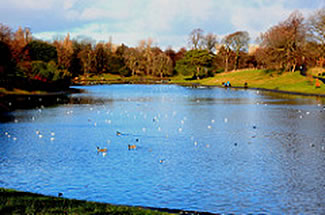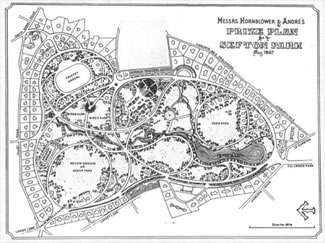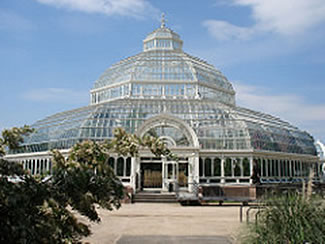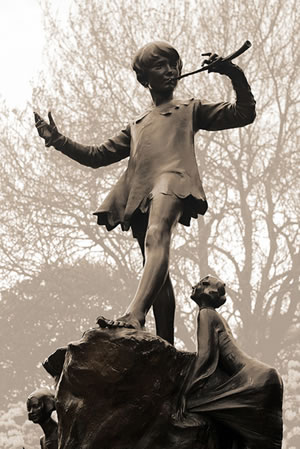
 |
|||||
|
Merseyrentacom
- houses & flats to rent in Liverpool,
Aigburth, & Birkenhead, Oxton |
|
Sales & Information |
Liverpool’s famous Grade I listed Sefton Park is a thriving meeting place, and annual home to cultural events such as the upcoming Africa Oye Festival and Liverpool International Music Festival. But its history is filled with highs and lows that reflect the changing fortunes of the city...

Sefton Park Lake photographed by Callan Snaps
In 1867, recognising the need for public green spaces in an increasingly industrialised city, Liverpool Council purchased 375 acres of land from the Earl of Sefton. The land had originally been part of the Royal Deer Park of Toxteth in the sixteenth century, until it was “disparked” in 1591, since which time it had been part of the Earl of Sefton’s estate. In spite of the Council wishing the new park to be something positive for the people of Liverpool, the price of the land – £250,000 – was criticised as extravagant by many of the public, who at the time were largely living in cramped and unsanitary housing.
The contract for the design of the new Sefton Park was announced as a competition throughout Europe. It was won by Edouard Andre, a French landscape architect, who was assisted in implementing his winning design by Liverpudlian Lewis Hornblower. The park was completed in 1872, and was officially opened by Prince Arthur on May 20th of that year.

The design for Sefton Park follows mainly circular and oval footpaths, and is largely based around the theme of water, reflecting Liverpool’s maritime history and its status at the time as the busiest port in the world. The park’s famous seven-acre lake is man-made, but the two water sources that feed it are natural. The wealth of Liverpool at the time of the park’s construction can be seen in the grandeur of the Victorian mansion houses around its perimeter.
Sefton Park’s Grade I listing by English heritage is due to its special historical interest. It is one of the earliest examples of a municipal park, and its design is basically unchanged from its original 1867 layout. Many of the original features have been restored in recent years, and have become popular attractions.

The iconic Palm House, itself Grade II listed, opened in 1896, and featured a wealth of exotic plants from around the world. Sadly, during the Liverpool Blitz of World War II, its glass was completely shattered by a bomb exploding nearby. It was restored in 1950, but its structural safety deteriorated over the years, and the Palm House was closed on public safety grounds in the 1980’s. A petition and fundraising by the public in the 1990’s led to the Palm House receiving a restoration grant of £3.5 million from Europe and the National Lottery, and the fully restored Sefton Park Palm House opened in September 2001. It is now a thriving meeting place and popular wedding venue.
Peter Pan Statue
The Grade II listed statue of fictional children’s character Peter Pan can be found in the grounds of the Palm House. It was one of the last creations by British sculptor Sir George Frampton. The statue was donated to Sefton Park in 1928, and J. M. Barrie, the author of Peter Pan, was present at its unveiling. Following damage in the 1990’s, the statue was fully restored at Liverpool Conservation Centre, and returned to its current location in the park in 2005. The Grade II listed statue of fictional children’s character Peter Pan can be found in the grounds of the Palm House. It was one of the last creations by British sculptor Sir George Frampton. The statue was donated to Sefton Park in 1928, and J. M. Barrie, the author of Peter Pan, was present at its unveiling. Following damage in the 1990’s, the statue was fully restored at Liverpool Conservation Centre, and returned to its current location in the park in 2005.The Grade II listed statue of fictional children’s character Peter Pan can be found in the grounds of the Palm House. It was one of the last creations by British sculptor Sir George Frampton. The statue was donated to Sefton Park in 1928, and J. M. Barrie, the author of Peter Pan, was present at its unveiling. Following damage in the 1990’s, the statue was fully restored at Liverpool Conservation Centre, and returned to its current location in the park in 2005.
The fortunes of Sefton Park have been closely tied with those of Liverpool itself throughout its history. It is a truly positive sign that the park is the vibrant cultural hub it is today, still playing its part in keeping the thriving city of Liverpool on the map on a global scale.